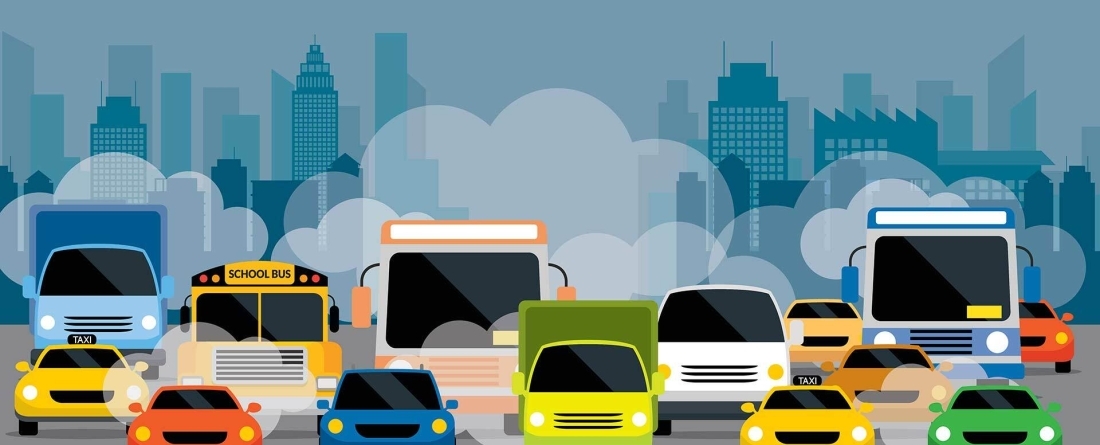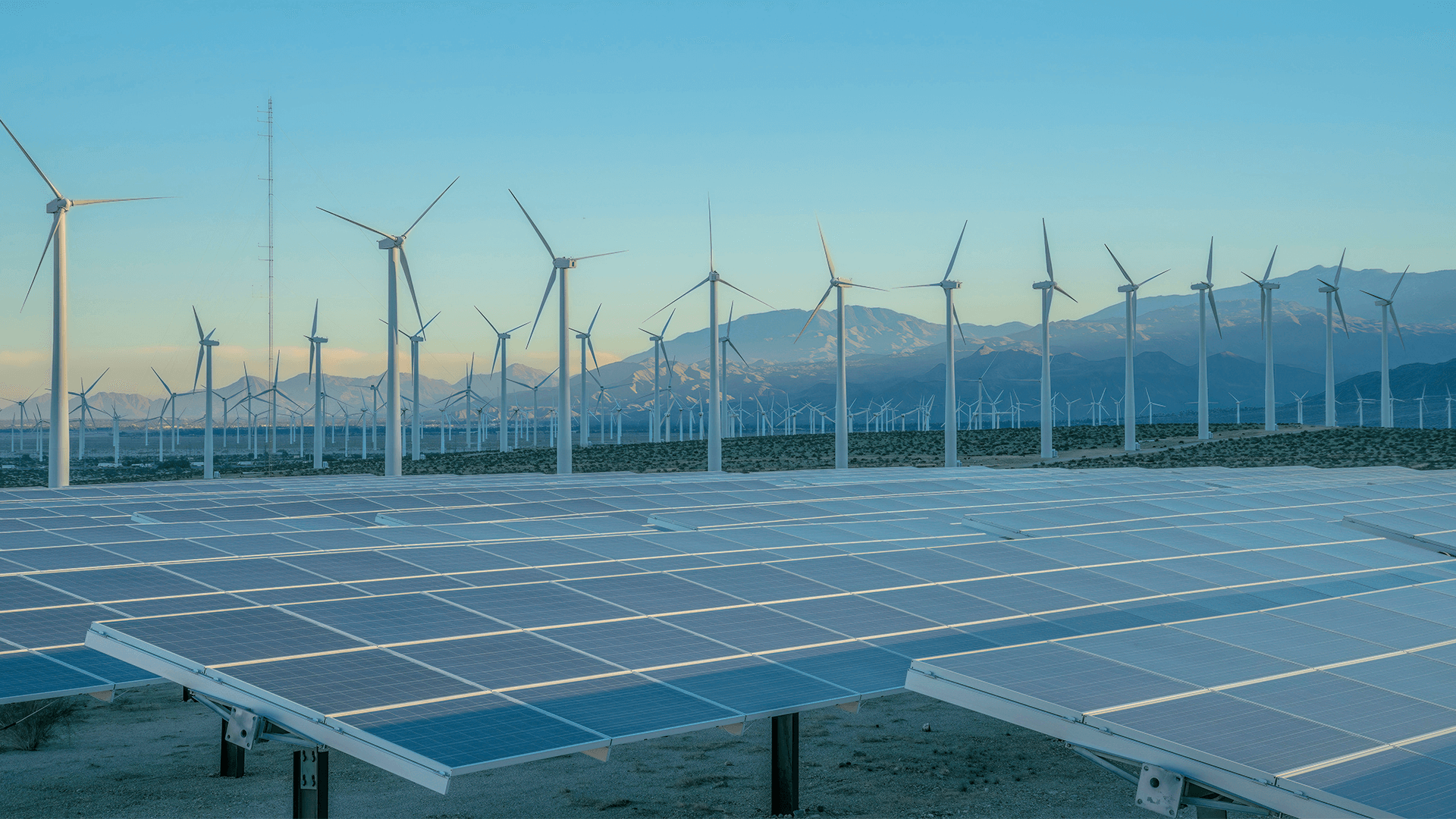
Illustration by iStock
Via Maryland Today
Researchers Recommend New Policies to Reduce Transportation Emissions by 2030
A bipartisan infrastructure deal signed into law last fall barely gets out of the driveway as a vehicle to reduce the nation’s transportation-related greenhouse gas emissions, according to a new report released in advance of Earth Day by the Center for Global Sustainability (CGS) at the University of Maryland.
According to the analysis, decarbonization features of the Infrastructure Investment and Jobs Act—touted by the White House as a major step to address the “blinking code red” of the climate crisis—alone will lower transportation emissions by just 12 million metric tons of carbon dioxide. The U.S. needs to slash more than 20 times that amount to remain on the road to meeting its ambitious commitment under the 2015 Paris Climate Agreement to cut national emissions 50-52% by 2030, compared to 2005 levels.
“Transportation is one of the key sectors that will help us meet the (commitment), so if we fail to reduce emissions sufficiently here, it is going to be difficult if not impossible to meet our goal,” said Alicia Zhao, a CGS research associate and first author of the new report.
Zhao spoke to Maryland Today about the study’s high points and how the United States can still reach its destination on carbon cutting—a level calibrated to help the world avoid the most harmful effects of global warming, even as dire warnings intensify.
There’s a magic number on U.S. transportation emissions.
To stay on track for its 2030 target, the U.S. needs to be down over 600 million metric tons a year of CO2 in the transportation sector compared to its 2019 emissions, Zhao said. Current policies (which include the infrastructure bill) already have us on track for the elimination of about 350 metric tons, meaning the other cuts have to be found somewhere.
CGS—the analytical lead for the America’s Pledge and America Is All In initiatives, which have created a framework for subnational climate action—pieces together other potential cuts from all levels of society to get close to 616 in its report released Thursday. “There will have to be a combination of federal and nonfederal action to accomplish this,” she said.
Nonfederal players have had a big effect—and can do more.
Cities, states, universities (read about UMD’s climate action), businesses and other players have already shown they can boost efficiency and cut emissions effectively. By switching over vehicle fleets to electric vehicles, mandating zero-emissions vehicles in certain business zones, upping access to public transit other mobility options and reducing congestion, they could cut another 92 million metric tons of CO2.
The infrastructure act has some useful features.
Although by itself it’s only worth 12 million metric tons of carbon, the new federal law also provides funding that can help build momentum for more alternative fuel research, building out a broader network of electric vehicle charging stations to speed up society-wide adoption of cleaner cars and trucks.
The federal government has to do more.
Through policies like continuing to push up fuel economy standards, funding programs like a $7,500 EV tax credit (part of the Biden administration’s stalled “Build Back Better” plan) or a “Cash for Clunkers”-type initiative to help people replace their inefficient older vehicles, the federal government can drive the remaining 175 million metric tons of policy-driven emissions reductions needed to meet the NDC.
Transportation is one of the easy parts—relatively.
Although achieving the transportation-linked part of the U.S. emissions goal will take a coordinated effort, the fact that cars, trucks and buses regularly need replacing and can be swapped out for more efficient models helps. “Particularly, decarbonizing light-duty vehicles is considered low-hanging fruit, to a degree,” Zhao said. The most straightforward emissions cuts can be found in the electricity sector, where a switch to clean and renewable fuels is leading the way. It’s harder to accomplish the expensive task of retrofitting buildings to be more efficient, and much harder to find emissions cuts in the industry sector, due to a combination of technical and economic factors
In coming months and years, CGS and the America Is All In coalition will be releasing reports on how the U.S. can decarbonize the whole economy, as well as how non-federal actors can support and drive federal policy ambition while also benefiting underserved communities in a decarbonized transportation system, Zhao said.



